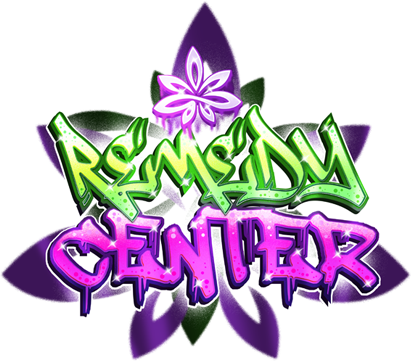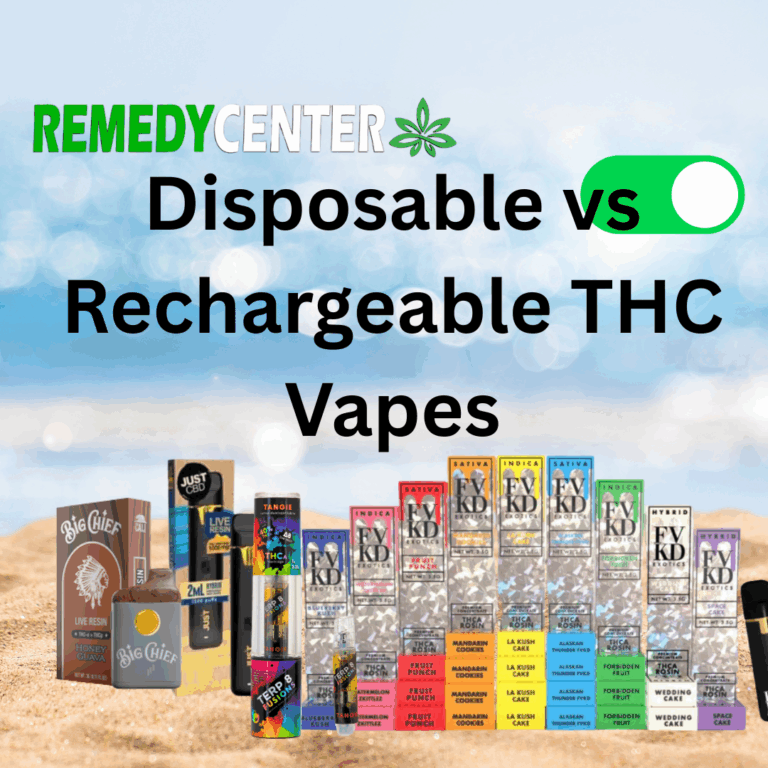
Disposable vs Rechargeable THC Vapes: Which One’s Right for You? With so many ways to enjoy cannabis these days, THC vapes have quickly become a
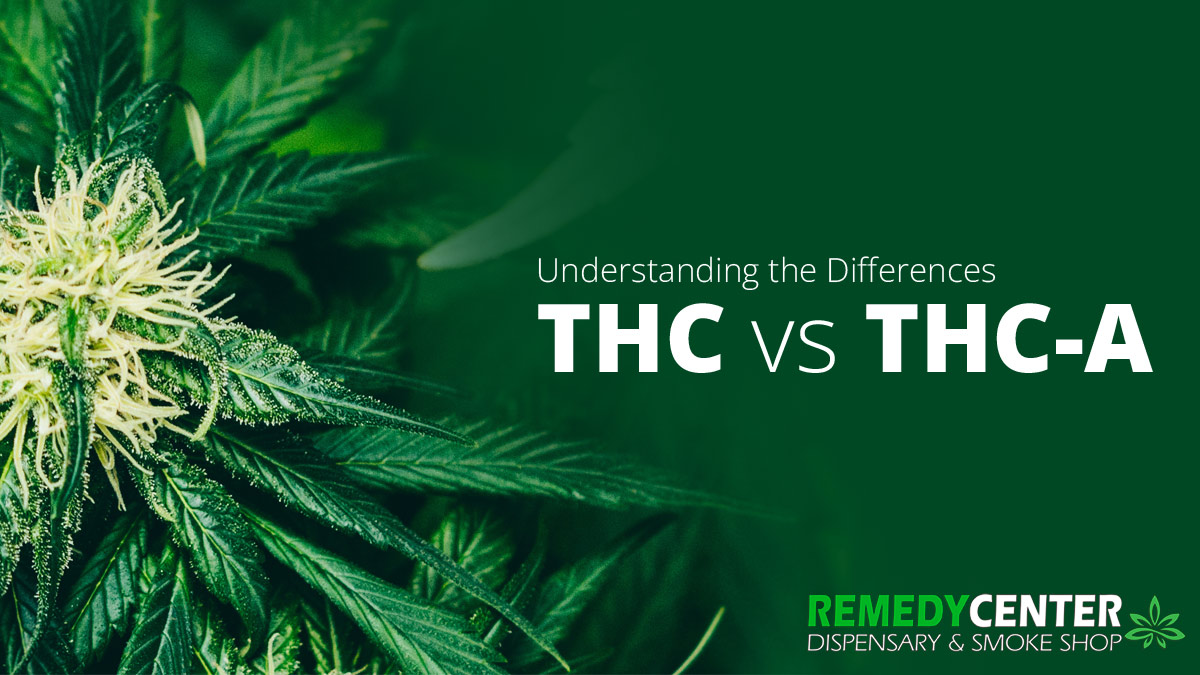
The world of cannabis is intricate and multifaceted, with numerous compounds contributing to its effects and therapeutic properties. Two prominent players in this botanical symphony are THC (tetrahydrocannabinol) and THC-A (tetrahydrocannabinolic acid). While these compounds share a similar name, they have distinct characteristics and play different roles in the cannabis plant and its interaction with the human body.
The team at Remedy Center will help you delve into the distinctions between THC and THC-A, shedding light on their properties, benefits, and potential applications in the cannabis realm.
THC, often referred to as the "high" in cannabis, is the compound responsible for the plant's psychoactive effects. When heat is applied through methods like smoking or vaporization, THC undergoes a process called decarboxylation, transforming into its active form. This activation is what induces the euphoric sensations commonly associated with cannabis use.
On the flip side, THC-A is the raw, non-psychoactive form of THC found in live or freshly harvested cannabis plants. Unlike THC, THC-A does not induce a high, making it an attractive option for those seeking the therapeutic benefits of cannabis without the associated euphoria.
Choosing the right method of consumption for THC and THC-A can significantly impact the overall cannabis experience. Each method has its unique advantages, and individuals may prefer one over the other based on factors such as onset time, duration of effects, and personal preferences.
The choice between THC and THC-A ultimately depends on individual preferences and therapeutic goals:
In the evolving landscape of cannabis consumption, the distinction between THC and THC-A provides consumers with the power of choice. Whether you are seeking the psychoactive effects of THC or the non-intoxicating benefits of THC-A, Remedy Center offers a diverse array of products to suit every individual's needs including the THC-A flower at all of our locations. Got any questions regarding our products? Contact us and we’ll be happy to help you pick the right product for your needs.

Disposable vs Rechargeable THC Vapes: Which One’s Right for You? With so many ways to enjoy cannabis these days, THC vapes have quickly become a
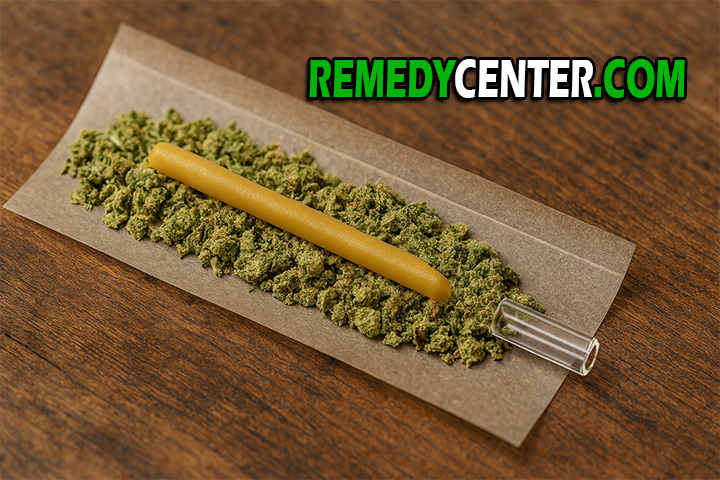
The Rise of Hash Holes: A New Era of Smoking Culture You’ve seen them on Instagram reels and TikTok smoke tricks, and maybe even sparked
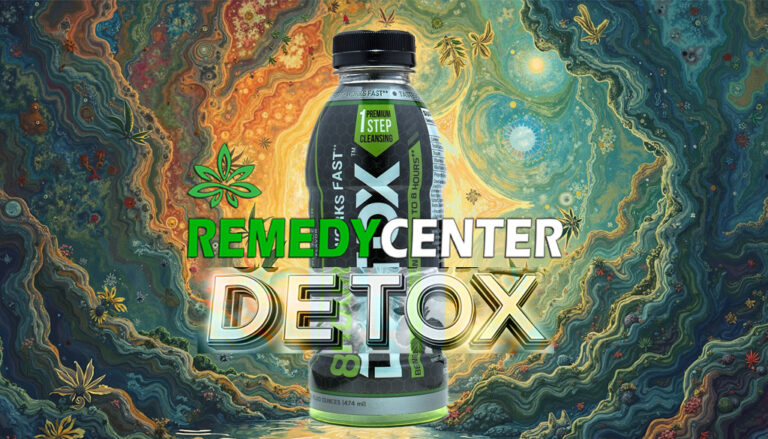
Cannabis Detox: If you’re looking for a cannabis detox, you’re not alone. People choose to detox from marijuana for various reasons, whether it’s passing a
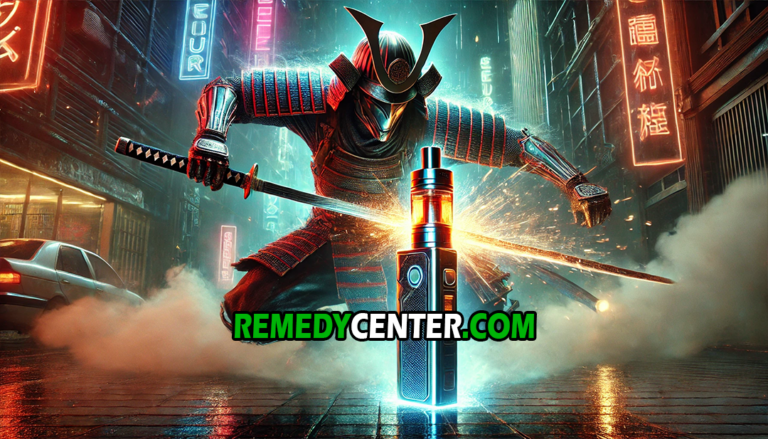
DISCLAIMER: Must be 21 years or older to purchase any vape or vapor products! A Modern Twist on the Evolution of Vaping The vaping industry
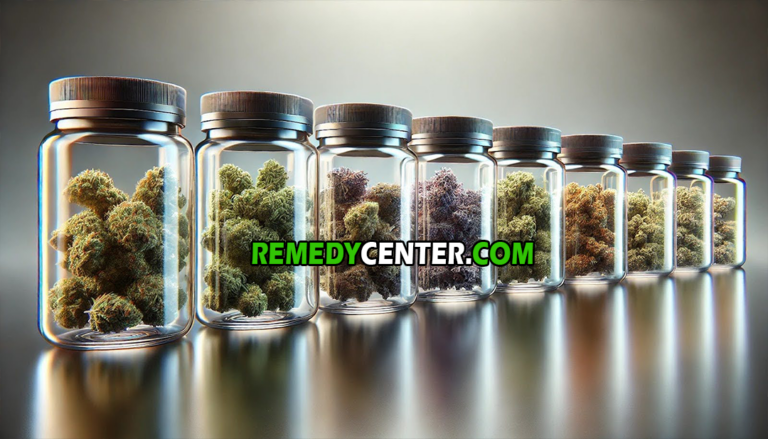
All Aboard The Strain Train In the fascinating world of cannabis, strains are at the heart of the user experience, influencing everything from the sensory

Brief History of Psychedelic Mushrooms and Their Traditional Use Mushrooms have been part of human history for thousands of years, utilized across various cultures for
125 S 2nd St, Boonville, IN 47601
1211 Tutor Ln,
Evansville, IN 47715
817 Third Ave,
Jasper, IN 47546
751 Lincoln Ave,
Evansville IN 47715
812-790-2875
527 Emory Dr #107,
Owensboro KY 42301
506 Main St,
Vincennes, IN 47591
FDA Disclaimer: These statements have not been evaluated by the Food and Drug Administration. These products are not intended to diagnose, treat, cure or prevent any disease.
We are unable to ship Delta-8 THC products to the following states: Alaska, Colorado, Delaware, Idaho, Iowa, Minnesota, Montana, Nevada, North Dakota, Oregon, Rhode Islnand, South Carolina, Utah, and Vermont
We are unable to ship THC-A products to the following states: Arkansas, Idahao, Minnesota, Rhode Island, and Oregon
Privacy Policy | Shipping & Return Policy
| Terms & Conditions | Remedy Center © 2025 / All Rights Reserved
